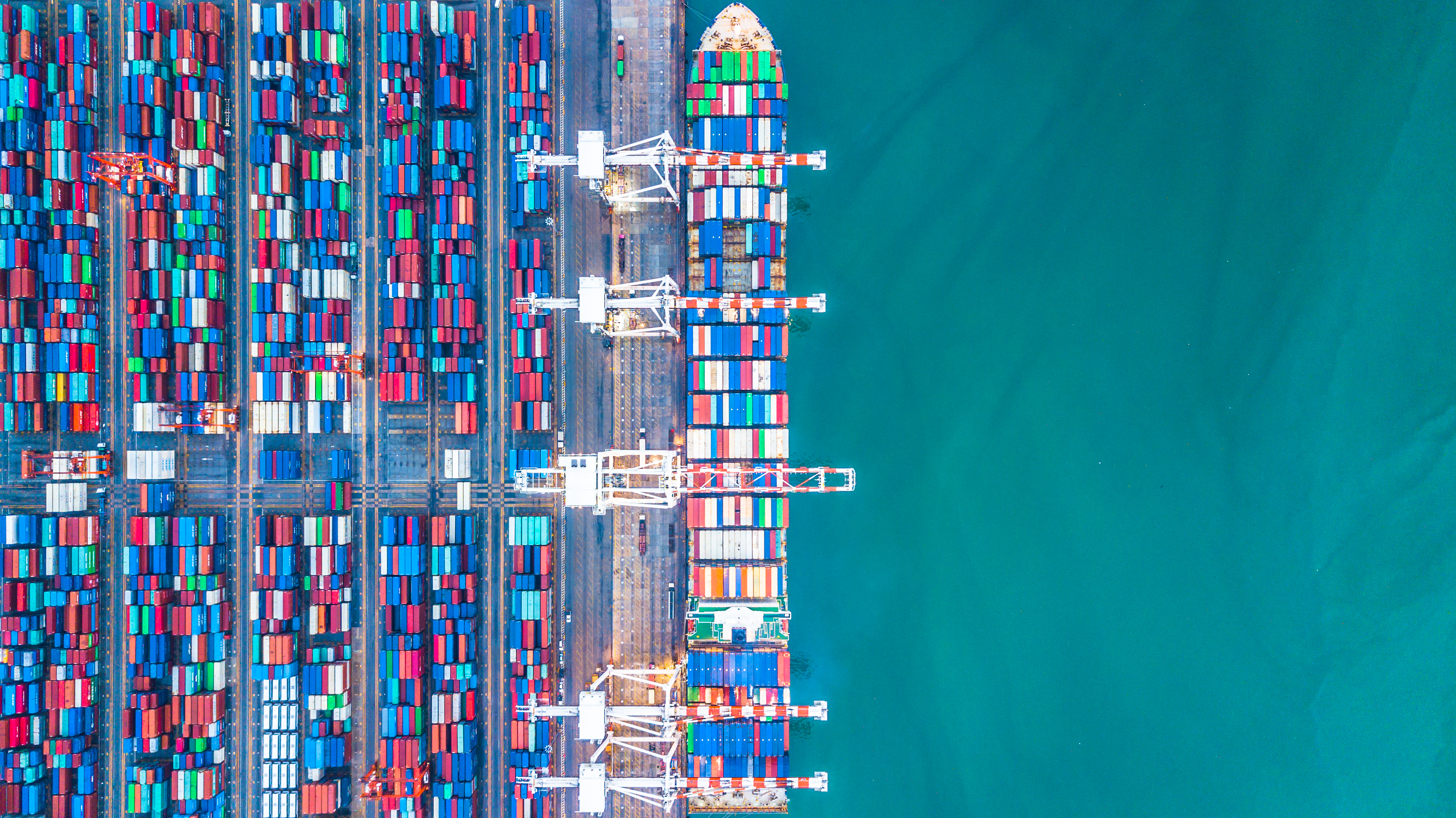-1.jpeg?width=730&height=395&name=port_algesiras_GettyImages-2153236282%20(2)-1.jpeg)
Spanish maritime and airport traffic increased significantly in 2024. Spain occupies a strategic position in the European port ecosystem, with three ports in the Top 10. Its position is more modest in air freight, but it has evolved very positively in recent years.
1/ Port traffic in 2024
According to figures published by Puertos del Estado, the public regulatory body for so-called "general interest" Spanish commercial ports, global traffic registered à 2.7% rise in 2024 to reach 542 Mt, after a decrease of 3.3% in 2023. Despite this recovery, traffic has not returned to 2022 levels, let alone the peak of 2019.

Evolution of Spanish port traffic – (*) Does not include: victualling, fishing and domestic traffic. Source: Puertos del Estado.
The various transport categories experienced a positive evolution, with the exception of dry bulk which declined in 2024 for the 2nd consecutive year. This is the consequence of the decrease in traffic of coal and petroleum coke (-40%, 9.9 Mt) and cereals and flour (-14%, 18.6 Mt). Liquid bulk grew by 2.3% to 179 Mt, without however returning to the 2019 record levels. The 2024 statistics confirm the long-term structural decline of bulk goods. Their weight in total traffic volumes fell from 80% in 1980 to 65% in 2000, 52% in 2012 and 49% in 2024.
The big winner is general cargo:
- Traffic increased by 6.1% in 2024 to reach a new historic record of 279 Mt, after two successive years of decline. The previous peak, recorded in 2021, has been exceeded. This performance is explained by the strong growth in containerised goods (+8%, 193 Mt) and, to a lesser extent, by the dynamism of conventional goods (+2.1%, 86 Mt). For both categories, these are also record highs.
- The main element to take into consideration remains the excellent performance of container traffic. This reached a historic record of 18.1 million TEUs, representing a gain of 1.7 M TEUs in a single financial year (+10.6%). Three-quarters of this “supplement” comes from transhipment, which reached 9.7 M TEUs (+15.1%).
Spanish ports remain well ranked in the Top 10 for container traffic in Europe. Three are included in 2024: Valencia in 4th position (5.5 M TEUs), just after the three major ports of the North Sea coast (Rotterdam, Antwerp-Zeebrugge and Hamburg), Algeciras in 5th place (4.7 M TEUs) and Barcelona in 9th place (3.9 M TEUs). Overall, Spanish ports rank second in Europe for container traffic.
2/ Air transport
Air freight traffic reached 1.28 million tons in 2024, an increase of 18.6% year-on-year and 18.7% compared to the level reached in 2019, before the 2020 low (789,000 t). However, available statistics for 2025 indicate a clear slowdown in growth: only +4.8% during the first five months of the year.

Table 5 – Freight traffic of the main Spanish airports - (*) 46 airports – Source: Aena.
In terms of freight, the main developments are as follows:
- Traffic remains highly concentrated. Madrid accounts for nearly 60% of traffic in 2024. The top four airports (Madrid, Barcelona, Zaragoza, and Vitoria) accounted for 93.8% of the traffic, while 17 airports recorded no cargo activity.
- International traffic, which is the vast majority (more than 90% of flows handled), continues to be the driving force behind activity with an increase of 20.3% while domestic traffic only increased by 3.5%.
- Imports (637,000 t) increased by 24.7%, much more than exports (+15.3%, 529,800 t). Compared to 2019, imports increased by 33.5%. This is a measure of the importance of international e-commerce as a driver of airport activity.
- The Iberia group has regained the leadership it lost during Covid. In 2024, traffic increased by 16.5%, relegating EAT to 2nd Qatar Airways has retained the 3rd place ahead of Air Europa, and Air China continues its breakthrough in the Spanish market.
CONTENTS
1/ Port traffic
- Global evolution: a rebound driven by containers
- The uneven impact of the “Red Sea effect”
- Increase in import-export
- Healthy financial situation
- The need to increase capacity
- Competition from Moroccan ports
- The impact of ETS
2/ Air transport
- A 2024 balance sheet that remains positive
- Madrid: lead position strengthened
- Barcelona: A New Outlook
- Zaragoza: a strong comeback
Enter your details below to download the full report for free
Daniel Solano
Business journalist
Our latest articles
-
Subscriber 2 min 19/12/2025Lire l'article -
Container shipping in 2025
Lire l'article -
Air cargo: the rerouting of flows is confirmed
Lire l'article


